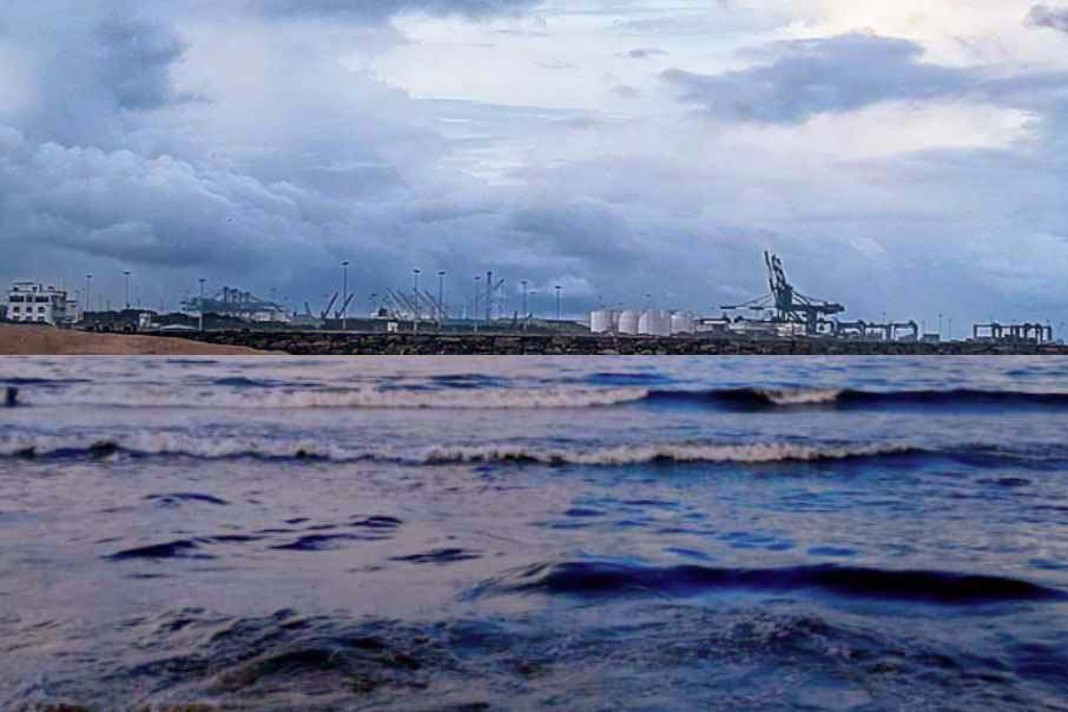 The US ports sector is preparing for a tough year ahead due to tariffs, unpredictable policies, and declining consumer demand, which could reverse recent growth, according to a new report from Moody’s Ratings.
The US ports sector is preparing for a tough year ahead due to tariffs, unpredictable policies, and declining consumer demand, which could reverse recent growth, according to a new report from Moody’s Ratings.
Moody’s Warns of Negative Outlook for US Ports in 2026
David Kamran, an Assistant Vice President and Analyst at Moody’s, stated, “The outlook for the US ports sector in 2026 remains negative because of the negative impacts of tariffs and policy uncertainty, alongside slower US real GDP growth and reduced consumer spending.”
Container cargo volumes, which have been relatively stable throughout most of 2025, are expected to remain flat or decrease by up to 2% in 2026 compared to this year. This forecast reflects a downturn from the healthy growth seen throughout much of 2025, where volumes either stayed flat or increased by 1%.
Volatility in trade policy remains the biggest challenge for port operators. The effective tariff rate is nearly 17%, which continues to impact trade flows. This burden is increasingly shifting to consumers, which could weaken their purchasing power and decrease imports. While some US companies have absorbed the costs of tariffs, any further increase could lead to a decline in consumer spending, which is expected to slow down in 2026 due to policy uncertainty and financial pressures.
It’s hard to predict when and how tariffs will affect the industry due to constant changes in policies. While more tariffs could be announced, factors like a potential trade deal with China and a Supreme Court examination of certain tariffs might reduce these rates. Vehicle tariffs, in particular, are a concern for ports that handle a lot of automotive cargo.
Cybersecurity and Global Tensions Keep Risk Levels High
In addition to trade policies, slower US GDP growth and a decline in retail demand will further reduce port activity. The combination of tariff pressures and economic slowdown creates an uncertain environment for operators and shippers.
Despite these challenges, US ports generally have strong financial positions and enough liquidity to cope with the downturn.
Some significant issues that troubled the sector in the past have improved. Fees on Chinese ships and shipping have been lifted, and labor disputes at East Coast and Gulf Coast ports have mostly been resolved. Tensions in the Panama Canal have eased, and water levels are adequate, although attacks on shipping in the Red Sea remain a concern.
Cybersecurity threats still pose a risk to the industry. Although there haven’t been major disruptions affecting US ports this year, global risks are considered “high,” a rise from “moderate” a few years ago, following multi-week interruptions at ports in the US, Japan, and Australia.
Predictable Tariff Policies Could Steady Outlook for 2026
One positive aspect in an otherwise bleak outlook is the cruise industry. Major cruise companies are increasing their prices by about 5% for 2026 compared to a strong performance in 2025, offering some revenue stability for certain ports. Although cruises represent less than 10% of sector revenue, they are significant for several Florida ports and the Port of New Orleans.
The negative outlook could stabilize if tariff policies become more predictable, or if cargo volumes experience low growth in the next 12 months. A positive outlook would require volume growth to exceed 3% during the same timeframe.
For now, US ports are navigating a time of adjustment as they deal with an uncertain policy environment and decreasing demand, which threaten to halt the progress made over the past year.
Did you subscribe to our daily Newsletter?
It’s Free Click here to Subscribe!
Source: oceancrew















